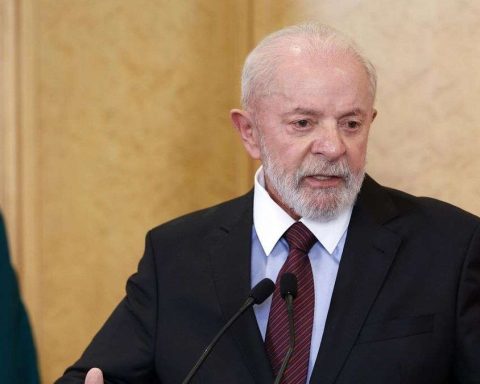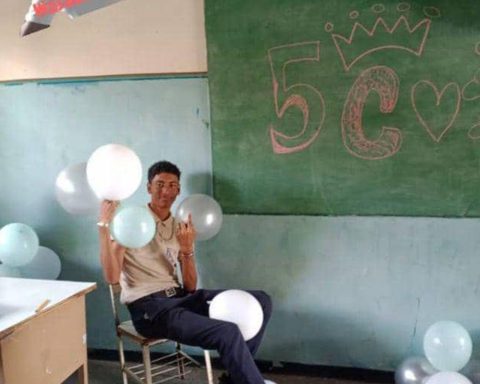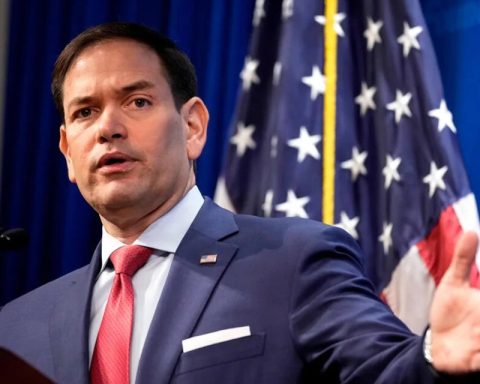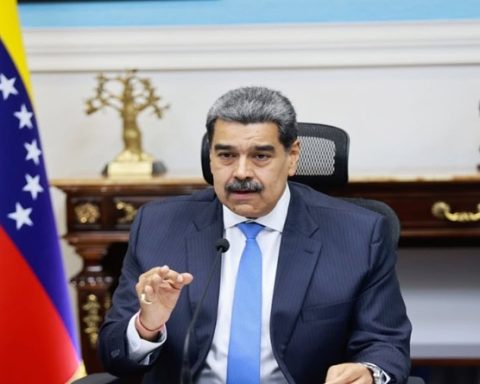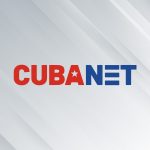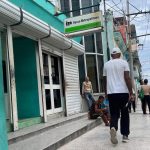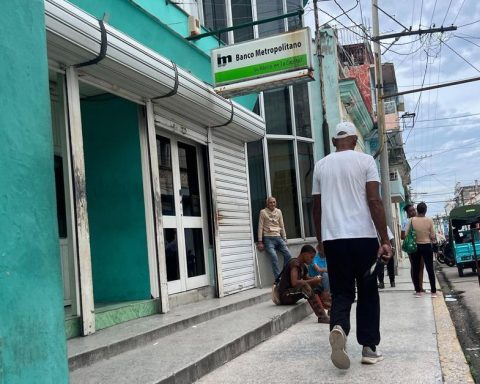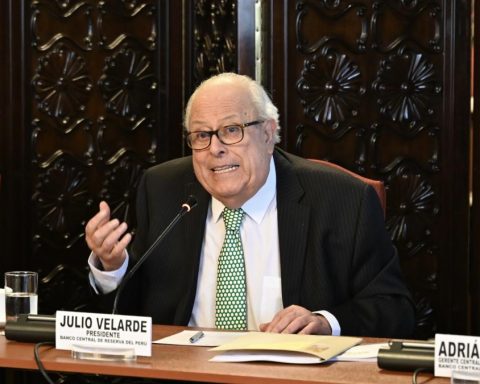The cycles of dialogues with the eight nations that make up the Amazon are being carried out in order to collaboratively build a letter that defines the priorities to be addressed by each one of them regarding the degradation of that lung of the planet. This time it was the turn of Venezuela, which represents 5.5% of the Amazon biome with 470,000 km², including Bolívar, Amazonas and Delta Amacuro.
The Venezuelan Amazon lost 3,400 km² of its forests between 2000 and 2021the equivalent of three times the state Nueva Espartaaccording to a newsletter from the Amazon Georeferenced Socio-environmental Information Network (Raisg) presented by Irene Zager, research director of Provita, an NGO member of said platform that brings together ecological associations.
In his speech, which was made within the framework of the cycle of dialogues with the eight countries of the Pan-Amazon —organized jointly by the United Nations and the Sustainable Amazon Foundation—, Zager explained that the loss of forest cover in the region Venezuelan is from just 1% compared to what was available at the beginning of the third millennium. However, since this area is part of the Amazon, which is estimated to produce 20% of the Earth’s oxygen, not a single tree should be lost, and even less for the reasons that caused it.
According to the biologist and member of the International Union for Conservation of Nature, the main driver of Amazonian deforestation on the side of our country is the agricultural use of landfollowed by mining activity.
«For the most part, it (the disappearance of forests) takes place in the north of Bolívar state, in the Sucre, Piar and Sifontes parishes. Deforestation decreased between 2010 and 2015, but in 2016 it started to rise again,” Zager said. Just that year, Nicolás Maduro, through decree 2,248, established the “Arco Minero del Orinoco National Strategic Development Zone”, a political project that Far from regulating the activity in the southern zone of that entity, it only strengthened the illegal gold extraction mafias that already existed.
The mining that occurred within the Mining Arc, for the year 2021, corresponded to 641.58 km². This suggests that 63.8% of the mining extraction in the Venezuelan Amazon was carried out in that area.
“Protected areas have not escaped the impact of mining,” was outlined in the presentation of the document in which, by the way, the accumulated percentage of mining use in national parks and natural monuments was specified. The distribution is as follows: Canaima National Park 38%; Caura National Park 33%; Canaima National Park 26%; other national parks and natural monuments 3%.
Also read: How (yes) should the reforestation project in national parks be?
Zager’s presentation was made in order to collaboratively build a letter that defines the priorities to be addressed by Venezuela for the Amazon Summit that will take place between August 8 and 9 in the city of Belém, in Brazil. , which has 60% of the Amazonian territory. The purpose of these conversations, in which multiple organizations and representatives of regional environmental organizations have participated, is to contribute “to the positioning and political incidence of civil society, indigenous peoples and local communities in the global climate agenda.”
Press here to see the complete presentation on the “Contributions of Venezuela for the Amazon Summit”.
Post Views: 390

